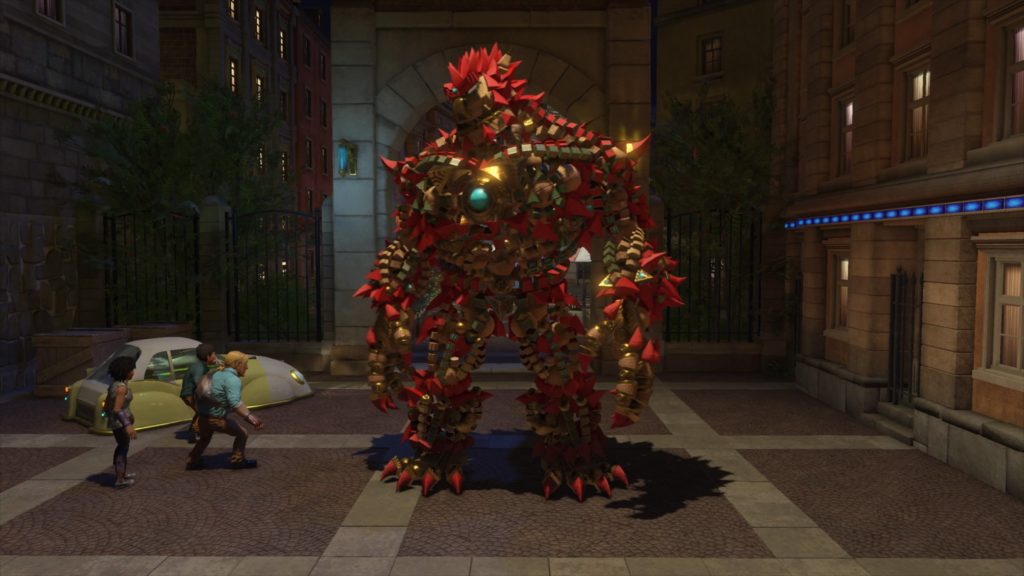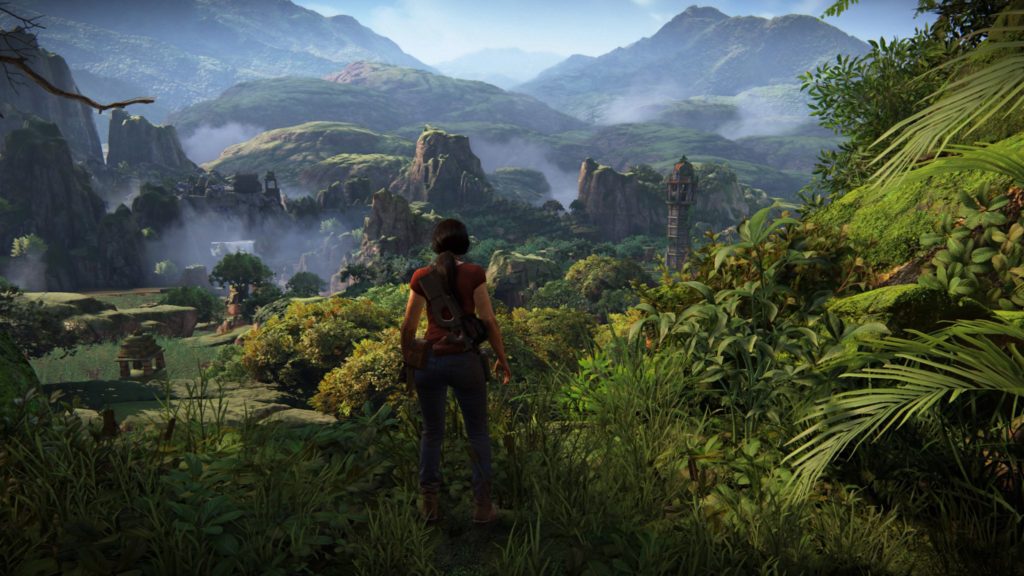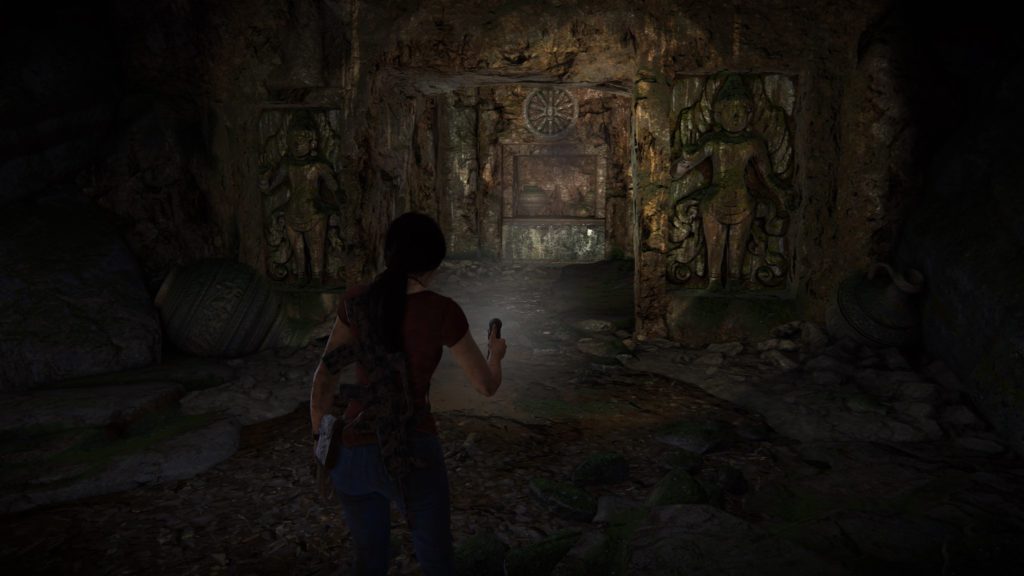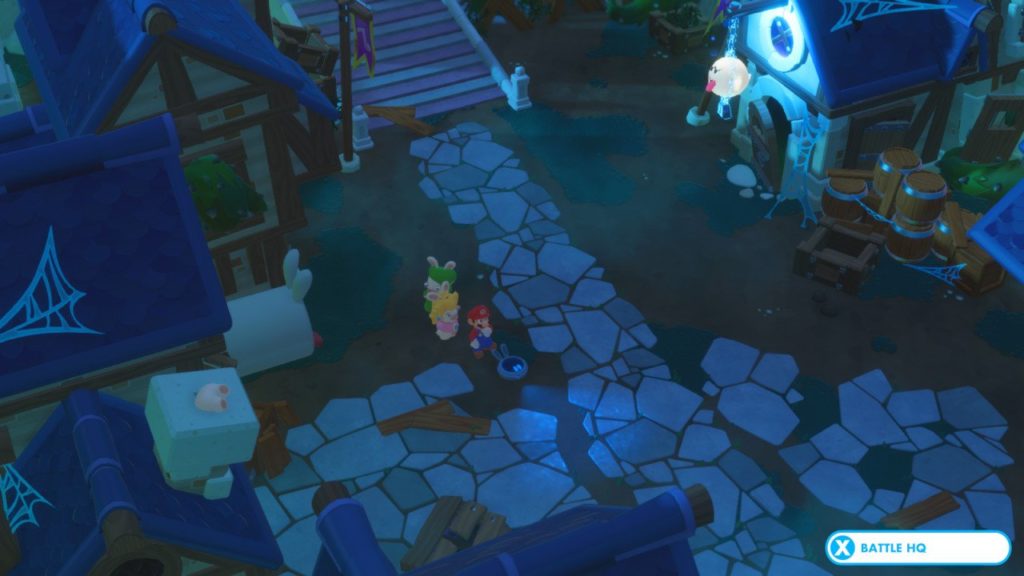- Genre: Action/Adventure
- Platform: PS4
TL;DR
- Much deeper combat system than the original that significantly improves the overall experience
- Use of size changing is clever, and done in a much more controlled fashion than the original
- Still too many quick time events, and the game might as well not be a platformer for how little it takes advantage of the capabilities
I’ll be perfectly honest here; I bought this game simply because I didn’t believe the decent reviews coming in for this game. The original was a curious release from a tech-demo point of view, but calling it an unforgettable game is being pretty nice to it. At one point early in Knack II, they joke that the main character only knows three punches and a kick, and that really was the depth of the original game. This one adds significant depth to the combat systems, while smoothing out some of the more obnoxious difficulty problems with the original game, and makes the overall experience a lot of fun to play. It’s not perfect, but I’ll be damned if I’m not surprised with the end result.

The core idea behind Knack is essentially the idea of a controlled power curve based on finding relic pieces and adding them to Knack’s body. You can instantly transform between tiny and full grown variants, leading to puzzle and platforming opportunities. As Knack grows, he gets stronger, typically leading to fights against increasingly strong enemies and generally speaking a boss or similarly large scale puzzle element to end most chapters.
Where the first game really failed to take advantage of this is that it really just kind of pushed the growth, took it all away mid-game, and never really reestablished a good feel to the growth curve. Knack 2 significantly improved that curve. Rather than being a more game-wide growth curve, each chapter typically had its own growth curve. Most chapters started you off in the 4-6 foot range, with various amounts of growth by the end of the chapter. This was also typically paired with a similar power curve in the enemies so there was always a feeling of progress in each area.

Where this change would have fallen apart in the original game, the introduction of significantly deeper combat meant that there was a higher metagame to combat skill that was entirely separate from the growth mechanics. Just from a base skill perspective, there were grabs, shield break maneuvers, smooth dodging mechanics, ranged boomerangs that trap enemies, and the ability to parry projectiles back at their shooter. Add in a skill tree to augment skills, as well as add new optional skills, and the tool set available to the player is significantly better than the original’s three punches and a kick.
This all comes together with a significantly improved difficulty curve to make a system that was quite a lot of fun in general, let alone a significant improvement over the first game. Different strategies had to be made on the fly based on Knack’s current size, as well as the enemy count. Bunch of enemies that can be one shot? Try to round them up and do a jump smash to kill them all at once. Handful of larger enemies that require a few hits? Lock one down with the boomerang while you concentrate on the others. Boss that can very easily chunk your health away? Dodge as you move towards it, or parry back projectiles to do ongoing damage as you move closer. Basically, there’s a ton of options here, and the way they’ve set it up in conjunction with the character’s physical growth has gone a long way to making this a very fun game to play.

Outside of combat is where the game still shows its biggest weaknesses. It’s pretty typical for there to be a big cutscene extravaganza in each chapter with a series of quick time events. These are just kind of boring, and I’d much rather they just play the cutscene back as intended. The platforming is also fairly non-present. While the tools are there, with the ability to double jump and hover, most platforming areas are basically small 30 second puzzles in between combat encounters. Once you’re in a combat area, it’s flat and the platforming gives way to pure action. There’s just kind of a lot of missed potential there, even if the focus of the game has leaned significantly more into the action side of things.
The end result here really is surprising. You still get the big wow moments of a significantly large Knack against giant bosses that the original game had. The improvement is that the time between those big wow moments is no longer terrible. The combat is fun, the moves you get are varied and cool to see, the enemies have a lot of variety to match the moves you learn. Now, this game isn’t going to make a run at game of the year or anything like that; it just doesn’t have the depth in its non-combat to really do that. However, what came out with this game is a sequel that is good in its own right, and even more so a shockingly large improvement over the original game that could best be described as a great tech demo with bad gameplay.








